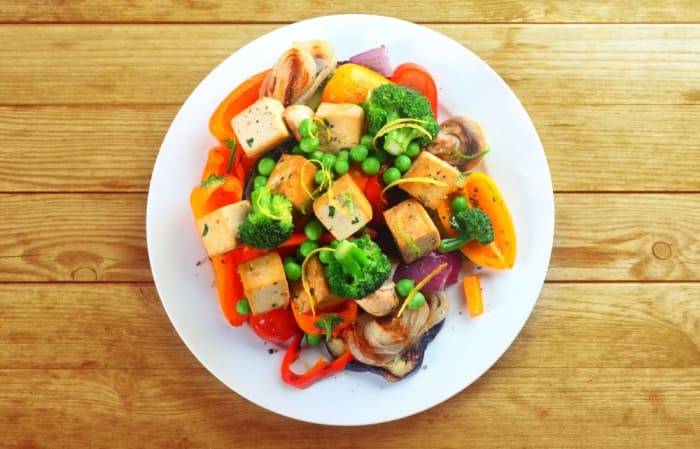Creating a recipe of their own is a great way to get children involved in cooking, but where to start? Award winning chef Idris Caldora takes us through the process of creating a recipe from scratch.
1. Look at what’s in season
Paying attention to what’s in season means you get to use ingredients when they’re at their very best. Spring and summer have an abundance of fruits and vegetables and is the perfect time to try one of our most popular seasonal offerings - British strawberries - but don’t forget meat and fish vary by the seasons as well, so why not display a seasonal chart to use throughout the year?
2. Choose your main ingredient
This is the heart of your dish, providing the foundation for additional ingredients, sides and garnishes. Make sure you choose wisely! For beginners, it might be best to pick something you know you love eating, or give something in season a starring role.
3. Make a marriage of ingredients
This is the most difficult bit, as you want to be able to taste everything on the plate, but also need to avoid foods that will overpower your main ingredient. Research is the key to making the perfect marriage, either by looking through recipe books, online, or by trying out different flavour combinations.
4. Consider the cost
Chefs who are developing a recipe need to make sure it is as realistic as it is delicious. Bear in mind that an expensive main ingredient might mean you have to use cheaper ingredients for garnishes.
5. Cater for your audience...and occasion!
Food is often a central part of celebrations - you can’t imagine a birthday without a birthday cake - so creating a special recipe is a great way to make an occasion memorable. It’s also important to think about who will be eating the meal - are there any ingredients they don’t like or are allergic to?
6. Calculate portion sizes
This is a tricky area for new cooks, as you need to make sure you have just the right amount of each ingredient to make a balanced recipe. Testing is key to getting this right, but you could also try looking up quantities from similar recipes. If an expensive main ingredient may deter you from using it then reduce the portion size and bulk it up with the accompanying garnish or vegetables.
7. Get a nutritional balance
The best recipes are healthy as well as delicious, and to achieve that you need to make sure you have a broad selection from the five food groups on your plate as well as a balance of colour, flavour and texture, which will ensure you are also capturing vital minerals and vitamins. Use the NHS eatwell plate to guide your selections.
















